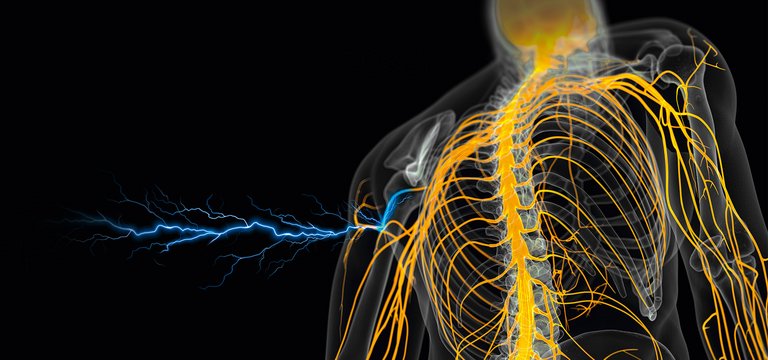Multimodal Analgesia – Modern Times in Pain Therapy

Multimodal Analgesia Pain Management
Cutting-edge medicine is highly efficient and patient-centric at the same time, calling for individualized clinical pathways for perioperative pain management. Weighing the individual benefits and risks of pharmacologic and non-pharmacologic options for pain control is the first step towards multimodal analgesia.
Multimodal analgesia combines different methods of pain therapy throughout the patient journey and allows physicians to reduce side effects. An optimal strategy lowers the pain level to a patient’s individually acceptable level while improving functionality and enabling ambulation.1
The following elements are generally part of multimodal analgesia:
Analgesic adjuncts and surgical infiltration therapy
Physiotherapy
With recent advancements in science and medical technology, the above list continues to expand, enabling individual therapy concepts tailored to the specific clinical status of the patient.
To understand multimodal analgesia, it is important to understand pain. From an evolutionary point of view, pain is a crucial neurobiological function of our body. It usually serves as an early-warning system to detect or minimize damage (nociceptive pain) or to discourage physical contact with damaged tissue (inflammatory pain). However, pain can also result from a dysfunction of the nervous system - casually spoken, a false alarm of our nervous system (pathological pain).2
Not all types of pain need to be treated equally, and not all types of pain are experienced with the same intensity by patients. This implies that the perfect pain treatment does not always mean the complete elimination of pain. Pain can protect us from harmful movements or physical overload—in a clinical setting, this can lead to longer hospital stays and higher risks of complications in patients.
Balancing the elements of multimodal analgesia to achieve the patient-specific optimum of pain reduction is perhaps the biggest challenge in modern pain therapy.
Studies:
1 G. P. Joshi(2023). Rational Multimodal Analgesia for Perioperative Pain Management. Current Pain and Headache Reports, 27: 227–237.
2 C. J. Woolf (2010). What is this thing called pain? The Journal of Clinical Investigation, 20 (11).
Take a look into our pain management portfolio